IN - VEHICLE INFOTAINMENT
Deployed in Commercial Vehicles for a TIER-I Supplier

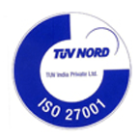

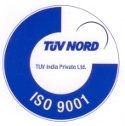

In-Vehicle Infotainment System Development
Android is one of the most popular operating systems for smartphones across the world. Automotive Infotainment System present a compelling opportunity for vehicle OEMs – An opportunity to utilize the power of Android and the consumer’s familiarity with it to offer enhanced driving experiences.
Our proficiency in crafting cutting-edge Android-based In-Vehicle Infotainment System for two-wheelers and four-wheelers arises from experience that spans over 8 years.
Customer Success Stories

Android 9 Porting for IVI System of Electric SUVs
Business Challenge:
A US-based EV manufacturing company, was looking for a product engineering services partner to develop a futuristic Android 9 based infotainment system. Our experience of 14+ years in automotive firmware development encouraged them to partner with us.
Embitel Solution:
The infotainment system we developed for the customer's electric SUV included features like navigation, Bluetooth connectivity, HVAC, passenger seat temperature control & much more!
Embitel Impact:
The software was first deployed on a reference platform while the production hardware was being built. The software was then integrated with the production hardware and tested thoroughly. This strategy reduced time to market considerably!
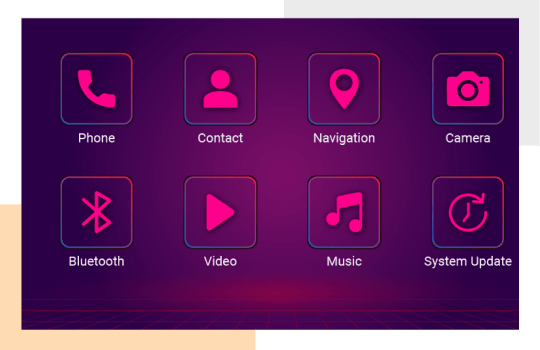
Automotive Infotainment Solution for Commercial Vehicles
Business Challenge:
An automotive Tier-1 Supplier, wanted to develop a cutting- edge Android Infotainment System for their commercial vehicles with quick time to market.
Embitel Solution:
- Our In-Vehicle Infotainment team helped in the design & development of touch-screen user interface elements to display vehicle CU parameters on the Android Infotainment Head Unit.
- The designed In-Vehicle Infotainment system (IVI system ) is now under production for deployment.
Embitel Impact:
- We integrated our ready-to-deploy J1939 stack. Also, PGN configuration was done only at the application layer. This provided an added time and cost advantage
- Our cross-functional teams delivered a quality product within an expedited timeframe.

Production-Grade Android Infotainment System for an Electric Scooter Start-Up
Business Challenge:
A Europe-based Electric Scooter start-up required an
infotainment system & automotive HUD for their new product
line, with limited time to market.
The SOM chosen by the customer supported only Linux. They
required Android OS to be ported to the hardware, and FOTA
update feature.
Embitel Solution:
- Our Automotive Infotainment System development team helped in the design of a solution with Audio & phone apps, navigation engine & custom UI.
- The team also integrated connectivity modules - Bluetooth, GSM, BLE, WiFi, etc.
Embitel Impact:
Our ready-to-deploy software components & scalable cloud- based FOTA system helped to develop the infotainment system at an expedited rate.

Middleware Software Development for Automotive Infotainment Head Unit
Business Challenege:
Our customer desired to integrate real-time data into their Android infotainment system. The data was to be fetched through vehicle CAN and camera sensors via three crucial automotive ECUs.
Embitel Solution:
- Our In-Vehicle Infotainment team helped in the design & development of touch-screen user interface elements to display vehicle ECU parameters on the Android Infotainment Head Unit.
- We integrated our J1939 stack & CAN stack with Android OS. Various software libraries and APIs were designed & compiled, along with a middleware software module.
Embitel Impact:
Our ready-to-deploy J1939 stack proved to be a real advantage (time & cost) in this project.

Dual Display Android Infotainment System for EV Start-Up
Business Challenege:
Our customer, a US-based electric car start-up required a
quick POC of a dual-display infotainment system.
Some of the challenges they encountered were designing a
custom UI for a 15-inch screen, security aspects of the car
network & ECUs, and challenging timelines for POC
development.
Embitel Solution:
- Key features of our solution - Phone connectivity, GSM, GPS, WiFi, navigation engine, Bluetooth, HVAC controls, custom-designed UI, etc.
- We also developed the complete Production Grade Infotainment System post the POC development
Embitel Impact:
Our Agile development teams were able to create the POC within 3 months, and the Production-grade infotainment system at an expedited rate.

Android OS Porting on Toradex SOM for Electric Scooter
Business Challenege:
Our customer's smart electric scooter had an In-Vehicle Infotainment system running on Linux OS. They decided to partner with us to port Android OS on this IVI system without affecting the performance of the system.
Embitel Solution:
- Our Automotive Infotainment development experts helped the customer in porting Android 6 to the Toradex SOM.
- We also integrated modules such as GSM, GPS, IMU, LVDS based display, Bluetooth and more.
Embitel Impact:
Our customer made a smooth transition from Linux to Android OS without any impact on the performance of the Infotainment system.
Your Partner for Automotive Infotainment System Development and Testing Services
- As your infotainment solution partner, we provide end-to-end support throughout your product development roadmap – Product strategy, product architecture, technology selection, UI/UX design, infotainment software and hardware development, product validation and engineering support.
- We have thorough knowledge of all types of connectivity in an IoT based automotive ecosystem – vehicle connectivity, cloud connectivity, et al.
- We have long-standing partnerships with customers in India and abroad.
- Some of our latest projects include the design and development of Android based IVI system for Electric two-wheelers and four-wheelers that are redefining the status quo in the industry.
- We help you identify the right hardware platform based on project requirements. We have experience using the following reference platforms, apart from custom platforms:
- NXP i.MX6 Sabresd platform
- NXP i.MX8QM MEK platform
- Toradex i.MX6 Apalis/iXora platform
- Our solutions are agnostic to the underlying semicon chipset.
- We have successfully validated BT/WiFi, GPS/GSM, LCD/HDMI, etc. on Android Pie.
- Our library of pre-tested vehicle communication and vehicle diagnostics stacks can be readily integrated to reduce development time and cost – J1939 stack and Boot Loader, OBD 2 stack, UDS, KWP 2000, ISOBUS and more.
- Advantages of partnering with us also include the availability of several reusable components for the infotainment system being developed – Vehicle data, radio, camera, power management, etc. This reduces time to market considerably.
- In-depth knowledge and experience on porting Android Automotive OS to various infotainment hardware platforms.
Our experience in bringing Android based IVI system to life also includes the execution of test suites such as CTS, VTS, etc. to obtain the necessary certifications for the system.
AAOS 7 to AAOS 14
Team Expertise
30%
Cost Reduction
50%
Reduced Time to Market
Ready-to-Deploy FOTA Micro Stack for Smart Dashboard
The firmware is updated through the cloud, and this can be scheduled based on business requirements. After the binaries are downloaded from the cloud, the system restarts to install and execute the changes.
The FOTA micro stack can be integrated easily with smart dashboard designs to enable OTA feature in less than 3 weeks.
The FOTA micro stack includes the following modules:
- FOTA Gateway
- Download Engine
- Update Engine
- Lost connection with FOTA server
- Discrepancy in firmware version
- Download failure
- Installation failure
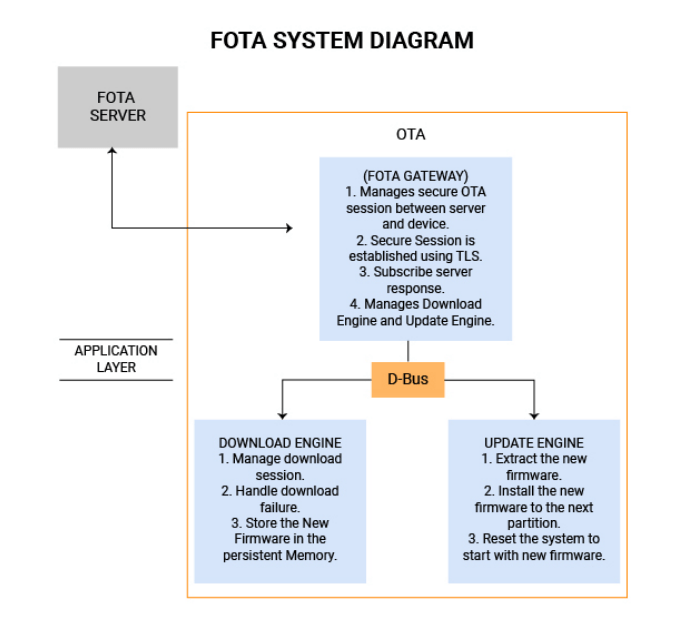
Ready-to-Deploy Bluetooth Micro Stack for Smart Clusters
We have developed a Bluetooth Classic micro stack that enables Bluetooth connectivity features in smart clusters with car infotainment system. The driver can safely connect their mobile phone to the cluster wirelessly. Passcode pairing ensures that the connection is secure.
Once the phone is paired with the dashboard, the mobile call logs and contact details are projected on the dashboard.
The Bluetooth micro stack has a modular architecture. This makes it easy to integrate the stack with various dashboard designs.
The Bluetooth micro stack enables the following features:
- Hands-free Calling – This feature is implemented using the Bluetooth profiles – PBAP (Phone Book Access Profile) and HFP (Hands Free Profile). The user can make outgoing calls from the dashboard screen and it will be routed through their phone. Incoming call and message alerts are displayed on the screen as well. Through hardkeys, the user can make quick calls to frequently used numbers.
- Bluetooth Audio – This is implemented using A2DP (Advanced Audio Distribution Profile) and AVRCP (Audio/Video remote Control Profile). When the mobile phone is successfully paired with the smart dashboard, music files from the phone can be accessed through the dashboard HMI. It is possible to play and pause the music from this screen.
Smart Dashboard Architecture with FOTA and Bluetooth Micro Stacks
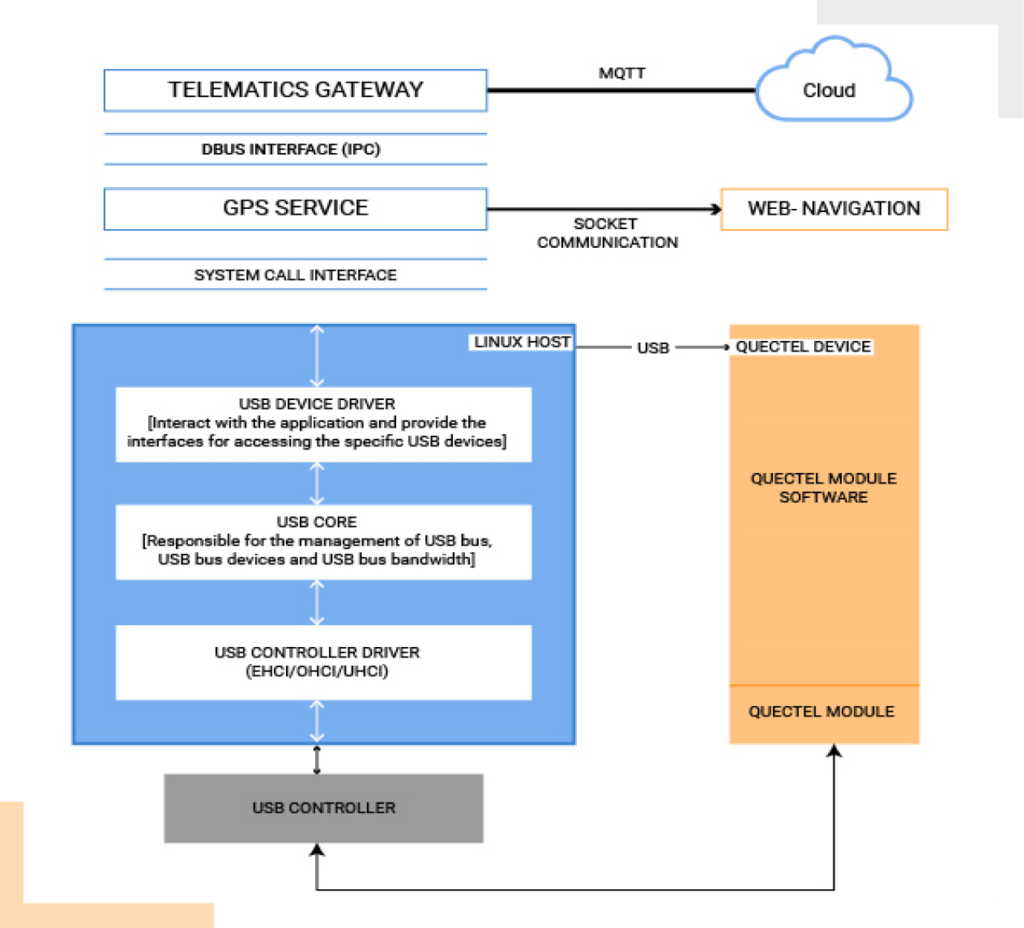
Are you part of a team developing a next-gen smart dashboard? Then our FOTA and Bluetooth micro stacks can help expedite the development timelines.
These stacks can be purchased from us on a one-time licensing fee model. To learn more about this model and IP rights, contact our team at sales@embitel.com.
The FOTA and Bluetooth stacks can be integrated with a smart dashboard as shown in the architecture diagram below:
Android Infotainment System Development – Our Journey
In-Vehicle Infotainment System Development – Our Services
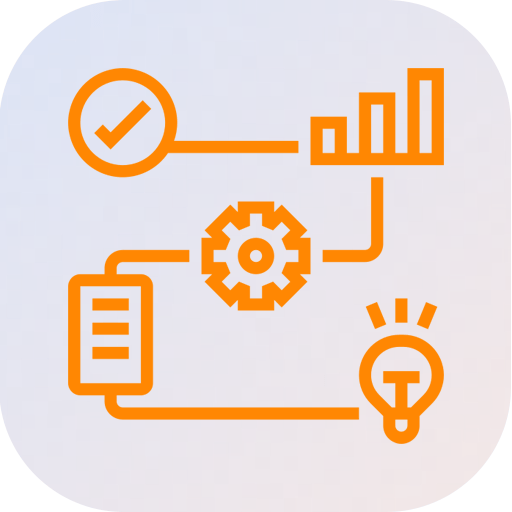
Product Development Roadmap
Requirement analysis & Technology consulting
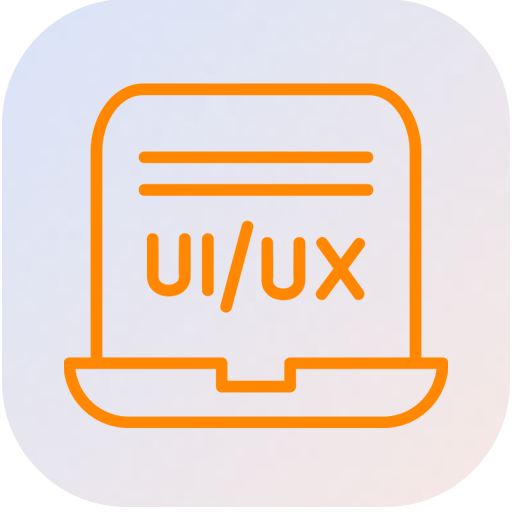
HMI/UI /UX Strategy
Mock screen
design & conduct
usability tests
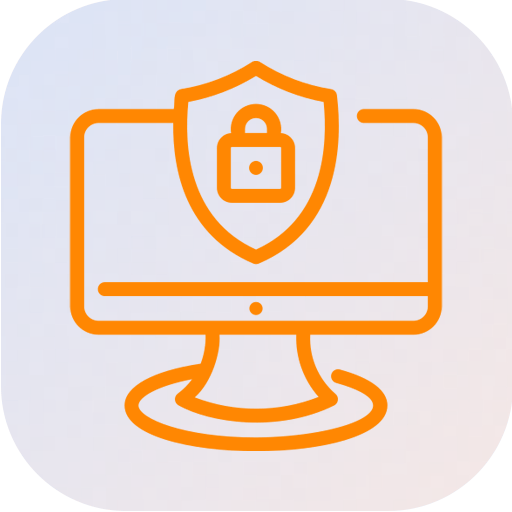
System
Security
Framework for
secure installations
of apps

Solution Development
Hardware |
Software | 3rd party integration | Testing
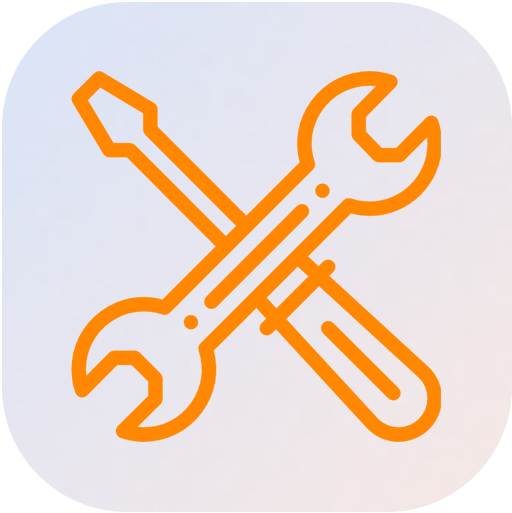
Maintenance
& Support
Pre- and
post-production support
Android Infotainment System Design: What are the Software Features?

Android OS
Latest version of Android for best performance
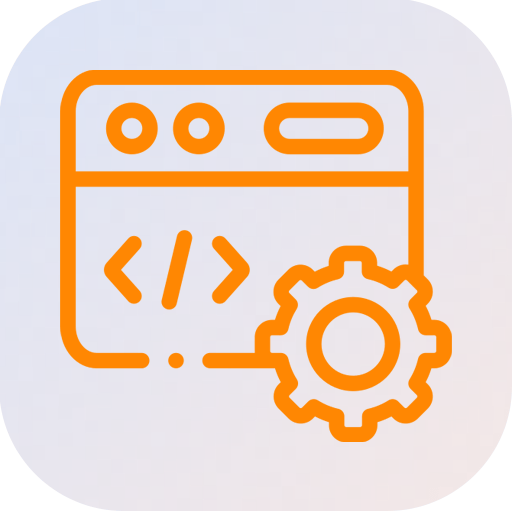
Development & Integration
Navigation, Power management, Boot time optimization

Smartphone Connectivity
Contacts sync and call management
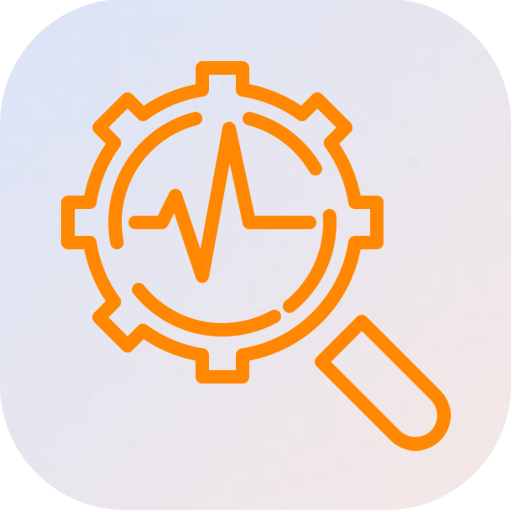
Communication & Diagnostics Stacks
OBD-II, J1939, UDS, KWP 2000
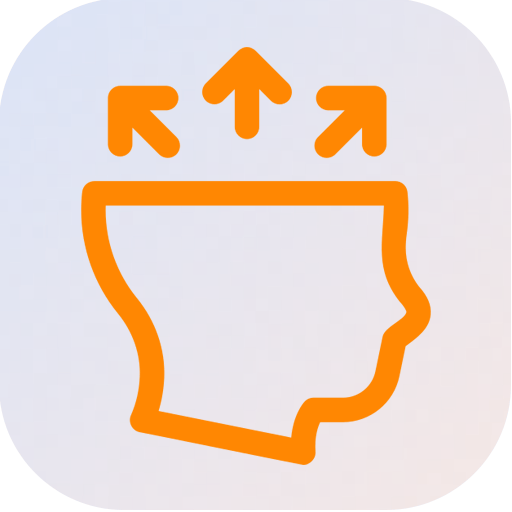
Distraction Mitigation
Voice commands and V2X integration

4-way Camera App
Cameras – Reverse, forward & blind spot view
Infotainment Platform for Automotive Applications: What are the Hardware Features?
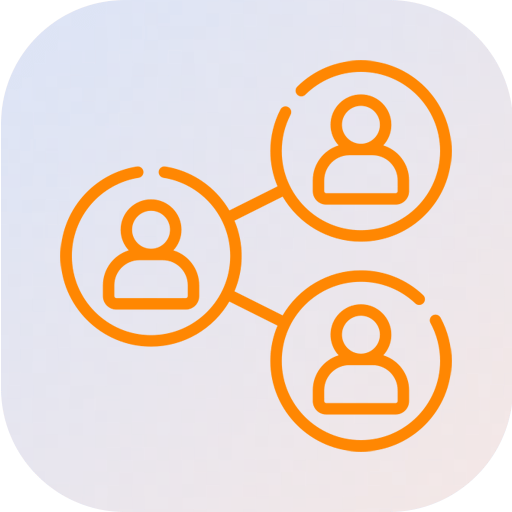
Reference Platforms
• NXP i.MX6 Sabresd
• NXP i.MX8QM MEK
• Toradex i.MX6 Apalis/iXora
• Custom platforms
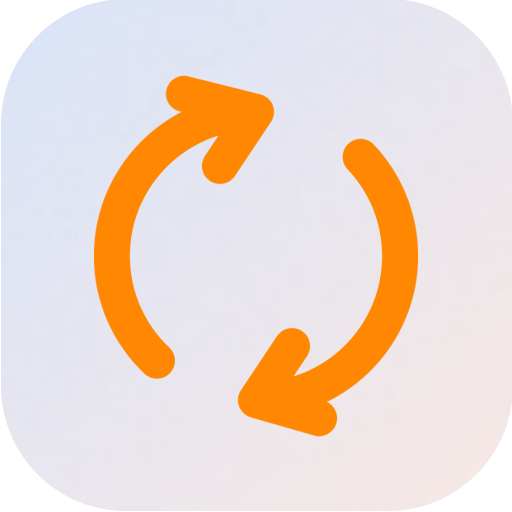
Boot Loader
Custom Development
and Porting
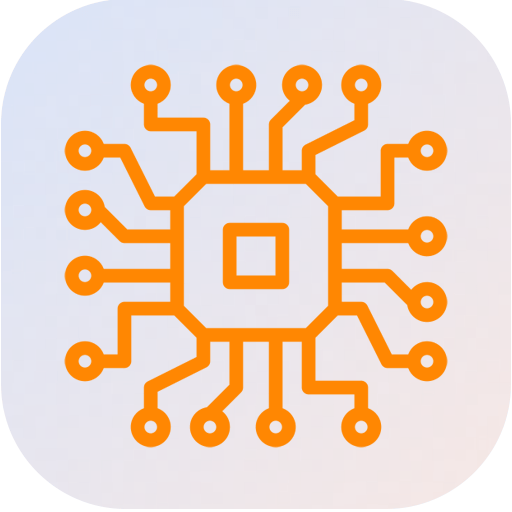
Board Support
Package (BSP)
Custom Development
and Porting
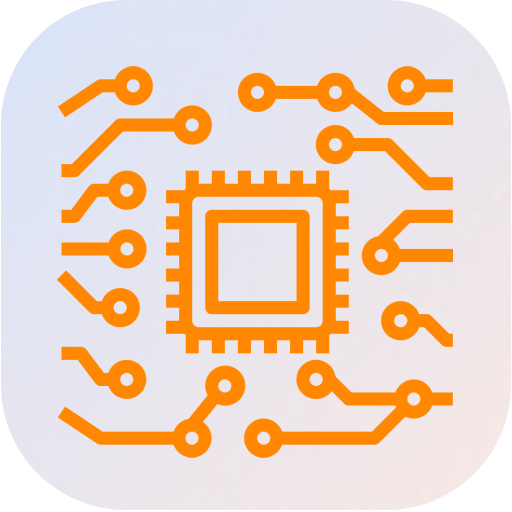
Device drivers development
Display, Touch, ADC,
Power Supply, Camera,
BT, WiFi, GPS, Audio, CAN
Knowledge bytes
- How does infotainment system work?
Today, an infotainment unit can be seen in almost all vehicles. It is basically an information command center on the dashboard, complete with a touch sensitive user interface. The modern infotainment unit replaces some of the switches and buttons usually seen in the vehicles of the past. These days, the infotainment systems are created with the motive of providing the most important vehicle updates to the driver, at the right time – so that there is limited driver distraction.
Through the infotainment unit, the driver can control various vehicle functionalities:
- Radio
- Heating and Air Conditioning
- Integration with mobile phone
- GPS connectivity
- Internet access
- Interior lighting
And much more.
The vehicle infotainment system integrates with various other electronic components within the vehicle to deliver information and entertainment to the occupants, seamlessly. The main components of the infotainment system and their functioning are as follows:
- Head Unit – The infotainment head unit is located on the vehicle dashboard. It has an intuitive touch-screen based HMI. Of late, automotive OEMs have been introducing multi-display infotainment systems with powerful processors.
- Operating System – Android, Linux and Windows are the operating systems commonly used in infotainment units.
- Heads-Up Display – Some modern infotainment units have Heads-Up Display (HUD) systems that project real-time information about the vehicle on a dedicated screen on the windshield. The HUD system accepts gesture and voice control so that driver distraction is minimised.
- Connectivity with External Network – The infotainment system has Bluetooth, GPS and Wi-Fi connectivity modules for mobile phone integration, navigation assistance and internet connection.
- Vehicle Internal Communication Module – The infotainment hardware is connected to the other ECUs in the vehicle. The communication protocol is standard, such as CAN.
- Infotainment versus instrument cluster – What are the advantages of having an infotainment system?
An infotainment system is usually designed with application processors (NXP’s iMX-8 Series, Renesas’ R0Car, Snapdragon, etc.) at its heart. On the other hand, instrument clusters are based on microcontrollers, which are less powerful. So, the features supported by an infotainment system can be more advanced. This includes:
- Bigger display screen
- Video and audio support
- Camera integration
- Mobile phone pairing
- Real-time map or route display
- Advanced graphics
Our blog on Infotainment versus instrument cluster explains this in detail.
- What are the best practices followed in infotainment testing?
Some of the points to bear in mind while testing an infotainment unit are as follows:
- Ensure that the UI is user-friendly and intuitive.
- The infotainment system should deliver information to the driver so that distraction is minimised.
- Ideally, the system should be compatible with various platforms (Android, Linux), secondary devices (USB, SD cards, etc.) and file systems.
- The individual components of the infotainment system should be integrated with each other in a seamless way.
- Adopt automation testing for evaluating complex functionalities without human intervention.
- Pay close attention to the security parameters to be tested – Security against Session expiry, URL manipulation, SQL injection, etc.
- Last, but not the least, the system functionality should be closely aligned with the requirements in the SRS document. Plan to execute straightforward tests (as per the SRS), ad-hoc tests, negative tests, and stress tests.
More information on this can be found in our blog on infotainment testing strategies.
- What are the advantages of custom-designing an infotainment unit as opposed to buying a readymade solution?
Custom development of an infotainment application implies that you have a greater degree of ownership of the product. You can continuously finetune it to suit your business needs in the future. However, an off-the-shelf solution will not give you this level of control. In readymade solutions, the IP rights will be with the product owner/application vendor. So, you will be dependent on them for any upgrade in the future.
Another aspect to consider is the cost. Although the cost upfront may seem slightly higher for a custom developed solution, it will be a one-time investment. You will not be spending later on for upgrades or scalability.
Remember – the most optimum solution is one that fulfills your current and future requirements. So, it is advisable to create a checklist of your functional and business requirements and accordingly identify the solution you should go for.
- What is the rate at which the infotainment market is growing?
Recent studies conducted by ‘Markets and Markets’ and ‘Mordor Intelligence’ show that the infotainment market is expected to grow steadily at 10.7% CAGR till 2027. The main drivers for this market growth are increasing demand for user safety, comfort and convenience. The increase in popularity of smartphone integration with infotainment systems is another driving factor.
The projected growth is robust, despite the pandemic-induced market slowdown in 2020.
- What is the automotive industry’s Android OS equivalent for infotainment?
Google has introduced Android Automotive, a specialized Android platform for running automotive infotainment applications. It offers scalability, customisation and openness.
Android Automotive is an OS that runs on the in-vehicle hardware. It supports apps that are built for Android and Android Auto.
Android Automotive eliminates the need to pair the infotainment system with a mobile device for internet access, navigation, playing media files, etc. Our recent blog on Android Automotive takes an in-depth look at this technology.
Handbook: Software and Hardware Services for Product Development of Android Infotainment
Let’s Partner for Custom-Designed, Production-Grade, Android
Based Infotainment System with Touch & Gesture Controls
Handbook: Software and Hardware Services for Product Development of Android Infotainment
Let’s Partner for Custom-Designed, Production-Grade, Android Based Infotainment System with Touch & Gesture Controls

FAQs – Automotive Infotainment Development Services
Ans. Our Automotive Team undertook an intensive research and analysis of the capabilities offered by Android OS for automotive infotainment application.
We also analyzed the features of Android OS w.r.t the customer requirements and their pain-points
Android emerged as an ideal Operating System for an In-vehicle Infotainment solution. Following are some of the compelling reasons for the same:
- Android software stack comes integrated with necessary connectivity modules like Wi-Fi, Bluetooth, GPS and more and low-level device drivers and software layers.
- The UI can be easily custom-designed, with the help of platforms like QT.
- As an infotainment developer, one can focus on the customization and development of the Application Layer, without worrying about the underlying software layers
- Third party libraries are not required to be integrated, as Android brings the complete software package on the table.
- As part of the future growth strategy, Automotive Industry is a core focus area for Google. This will ensure that Google continues to provide robust support for the automotive applications and release more feature-rich versions of Android Automotive.
- Being an open source platform, the source code is available and it is easy to personalize the OS as per the specific needs of the customer.
- App deployment ecosystem of Android offers a lot of advantages that reduce time-to-market for In-Vehicle Infotainment products
Ans. We have integrated Navit, Sygic navigation and Co-pilot Maps with our In-Vehicle Infotainment reference design. Sygic and Copilot Maps are easy to integrate and require no additional certification.
Ans. The primary pre-requisite is the Google Play service certification. It is a background service and API package that is required by every Android device, if its wishes to use Google’s services such as Maps.
Ans. The open source nature of Android is one of the reasons for its popularity and wide-spread adoption.
However, it does pose some security concerns. But if proper security measures are put in place, Android is as secure as any of its competitors.
At Embitel, we take care of all the potential security issues that can crop up and make sure the car infotainment software is completely secured. One of them is to get your Android infotainment system certified by Google which can solve some of the security issues.
Ans. We have a very robust and comprehensive reference design for our automotive infotainment system and many of its components can be reused. This reduces the development time required for POC, prototype and production-grade solution development. The reusability of many of the components also lowers the development cost. Components that can be reused for prototype development
- Hardware/ Software components for Instrument Cluster
- Automotive connectivity and diagnostics Stacks like J1939, UDS,OBD2,CAN, CAN FD, and more
- Software Libraries and APIs
- Hardware Platform and peripheral components (depends on requirement and BOM)
- Music, Camera and phone apps
- Gesture control module
- Voice control module
- UI components
Ans. We can develop the Proof of Concept in 3-5 months’ time. However, the prototype development turnaround time would depend on the customization required.
Ans. Google certification is not mandatory for in-vehicle infotainment devices as of now. However, if you wish to use some of the services provided by Google, you need to be certified.
In order to get your software certified, we need to run Compatibility Test Suite which is available for download from Android’s website.
After the test is completed, we need to contact an authorized third party vendor to get the certification. Embitel can assist you in running the compatibility test on custom hardware.
Ans. Embitel offers a suite of services for automotive infotainment solution that covers solution ideation to production-ready system. Here is a complete list of technology services:
- Proof of concept development
- Support in choosing the H/W and S/W components
- Custom prototype development
- Production-Ready design
- Connectivity Stack Integration (CAN, J1939 etc.)
- Support for verification and certification from Google and other third party authorities
Ans. Yes, we provide complete support for the validation and certification of the hardware components. We also help our customers in choosing the right components that exactly fit their requirements.
Ans. Yes. We take functional safety aspect of infotainment systems very seriously and implement ISO 26262 framework in letter and spirit.
We have a clearly defined safety, quality and technical safety management and all processes (design to deployment) based on ISO 26262 best practices
We perform end-to-end safety analysis at Concept System Software Hardware level.
Ans. Yes. We have been closely following the evolution of in-vehicle infotainment into a multi-display system.
Our expertise is well aligned with this new concept and our team is equipped with all the technical know-how to build a multi-display infotainment system or an integrated automotive infotainment system
Learn More About Automotive Infotainment Solution
- Infotainment design strategies blog: What are the hardware and software challenges in automotive IVI system development and infotainment testing
- Integration of ADAS (V2X) modules in Automotive Infotainment system: Critical embedded technologies and Infotainment UI development
- No, Android Auto is not an Infotainment OS; Make Way for Android Automotive!
- How Automotive ECU Consolidation is Powering the Multi-Display Infotainment System in Cars
- A Curious Case of In-Vehicle Infotainment System for Two-Wheelers
- A Car with a Cockpit: How Digital Cockpit Solutions are Making This a Reality


